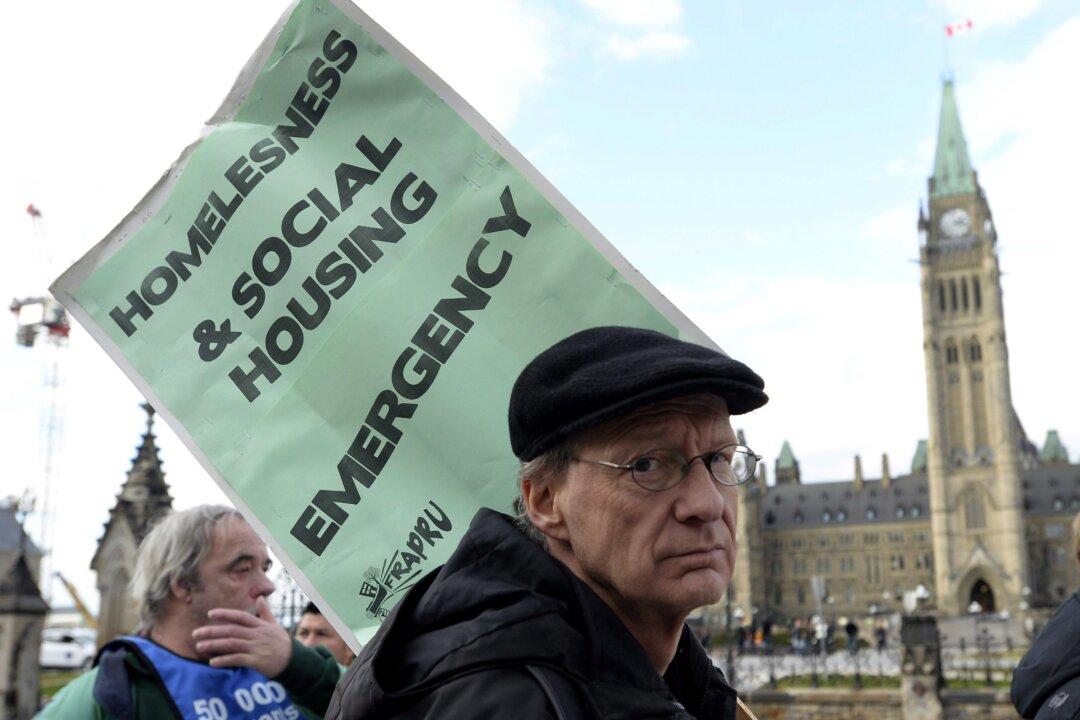OTTAWA—The federal government is moving ahead this month with a nationally co-ordinated count of homeless people across Canada, despite opposition from cities worried that the timing would lead to inaccurate results.
The newly launched national point-in-time count marks the first time the federal government has tried to co-ordinate what has largely been a municipally driven project in some parts of the country like Toronto and Vancouver.
Many cities have never done a point-in-time count; those that do, use different methodologies making it difficult to compare results on a national scale.
The federal government had wanted to gather details on the size and makeup of the homeless population strictly in January, but faced stiff criticism when it disclosed the plan to representatives from 49 communities at a national meeting in May 2015.
January is when the U.S. government requires point-in-time counts for cities that receive federal funding to help with costs.
“There was universal support for a co-ordinated, national point-in-time count. It’s not like people didn’t want to do it,” said Tim Richter, president of the Canadian Alliance to End Homelessness.
“The opposition was more about when, and [whether] we have enough time to organize it.”





